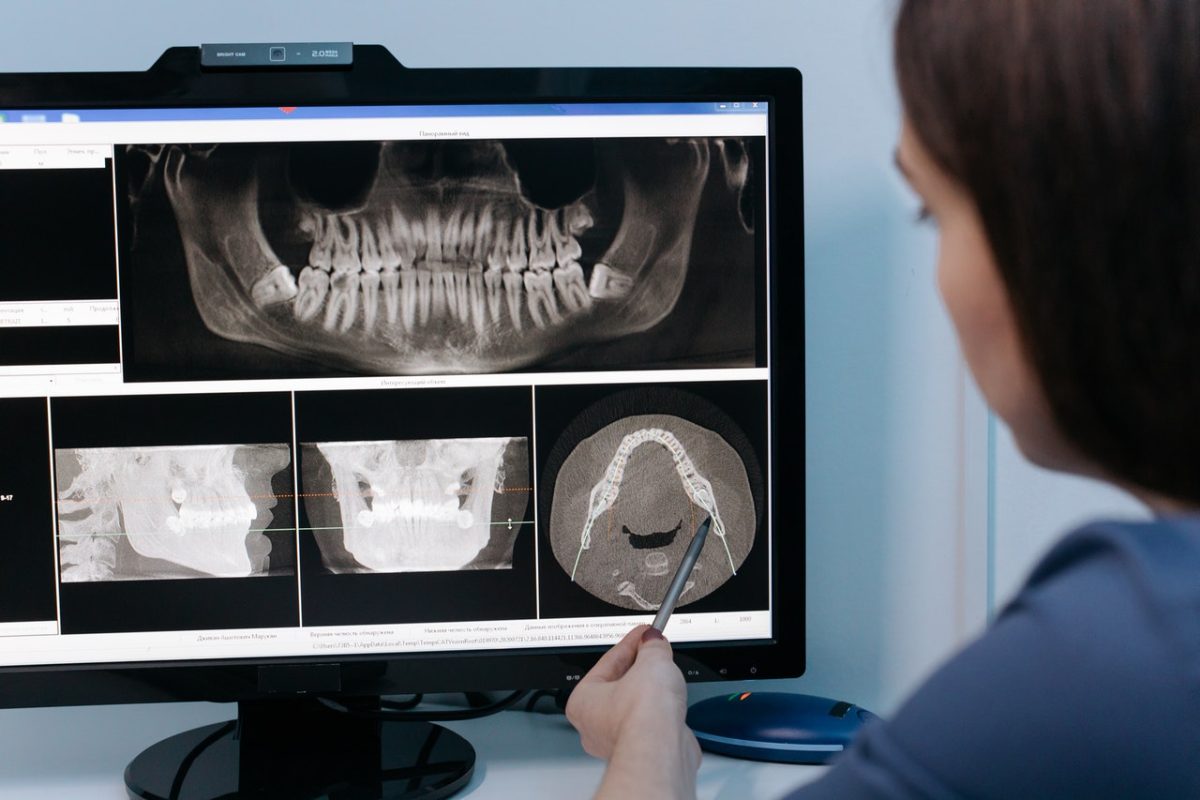
Have you gotten intraoral or extraoral photos taken before? We don’t often associate photography with a dentist’s office, but these photos are great visualization methods to help you understand what is done during a dental procedure.
You may have seen intraoral and extraoral before and after photos at the dentist. These photos are used to record the progress of a dental procedure. Besides showcasing the dentist’s work, it also gives you an idea of what a procedure does and how your teeth would look.
In some cases, you would need to get intraoral or extraoral photos taken to see the progress of your dental procedure, such as teeth whitening, dental implants, root canal treatment, and others.
This article will run you through everything you need to know about extraoral and intraoral photos and how they can benefit you.
Understanding Dental Photography
Dental photography is nothing new, and most dentists already use them for multiple reasons. Intraoral and extraoral photos are used by various dentists, including orthodontists, periodontists, and other dental specialists.
These images are taken to help you see the dental procedure in action or the procedure’s progress. These photos are captured in a painless and non-invasive method similar to the act of taking pictures with your phone or camera.
If you’re scared of getting photos of your mouth taken and uploaded somewhere, you don’t have to worry. You will be asked for written approval to prove that you consent to get these photos taken. No one can take and use any of your dental images without your consent.
The Cameras Used for These Photos
Intraoral and extraoral photos can be taken before the start of the dental procedure and after it is done. The dentist would use a dental camera to take these photos. Dental photographs are taken from various angles and with different equipment.
The intraoral camera used in a dentist’s office allows the dentist to show the patient’s teeth, gums, bite, and supporting structures. These areas are hard to reach and may not be visible with a mirror.
Intraoral photos may be taken for monitoring the progress of cases such as orthodontics, bridge dental work, root canal treatment, and teeth whitening.
Extraoral photos are taken outside the mouth and used for dental identification or aesthetic appeal. These show the results of the procedure to your smile and how it affects your face.
The Benefits of Dental Photography
It is not easy to understand the anatomy of your teeth and gums, and dental photography can help you visualize it. Dental photography assures you that your teeth and gums are in good shape after the procedure.
In addition to showing you what your dental situation is, dental photographs can also be used for the following:
- Detecting issues such as tooth decay and dental disease before they can become severe problems
- Better diagnosis of your concern for a more effective treatment plan
- Documenting the health of your teeth and gums for future reference or extensive documentation required by insurance companies
Conclusion
Intraoral and extraoral dental photographs are great visualization tools for patients. Dental photographs are a great way to assess the health of your teeth and gums and are used by dentists to show the progress of your dental treatment plan.
These photos are pain-free and have no adverse side effects.
Are you looking for intraoral photos and other dental services in Mansfield? Ivy rose DDS offers various dentistry services for the entire family. Request an appointment today!

